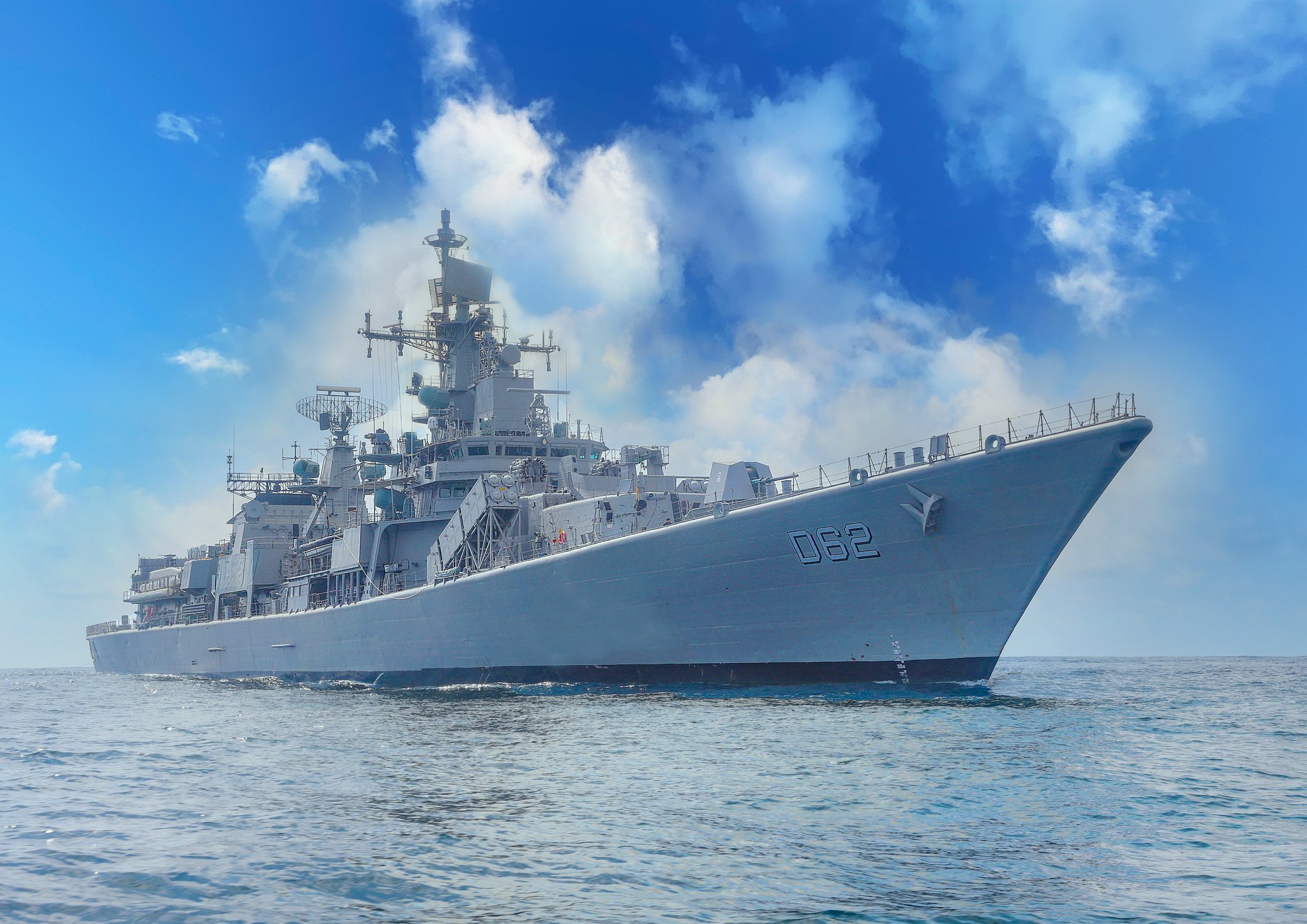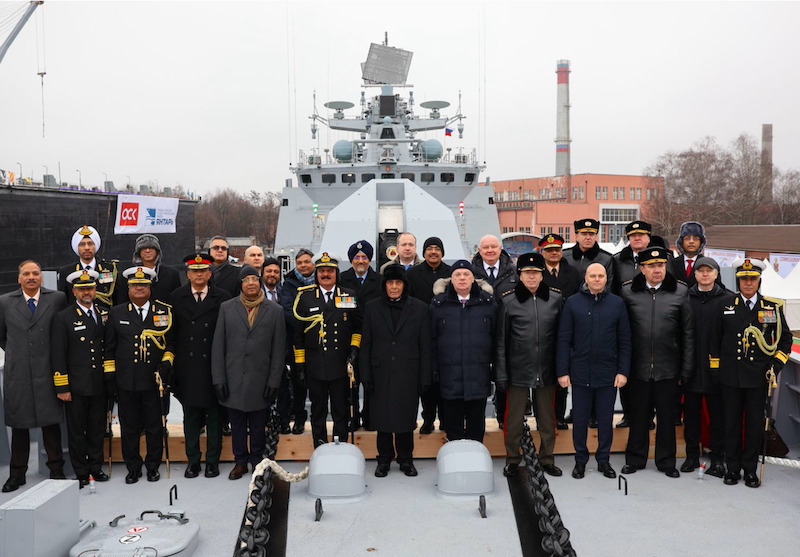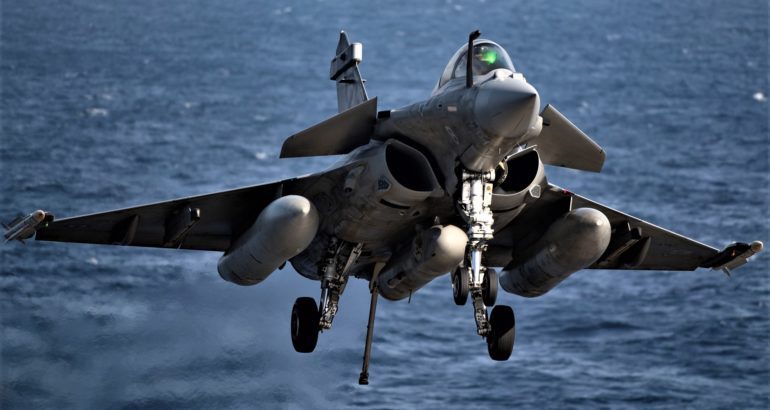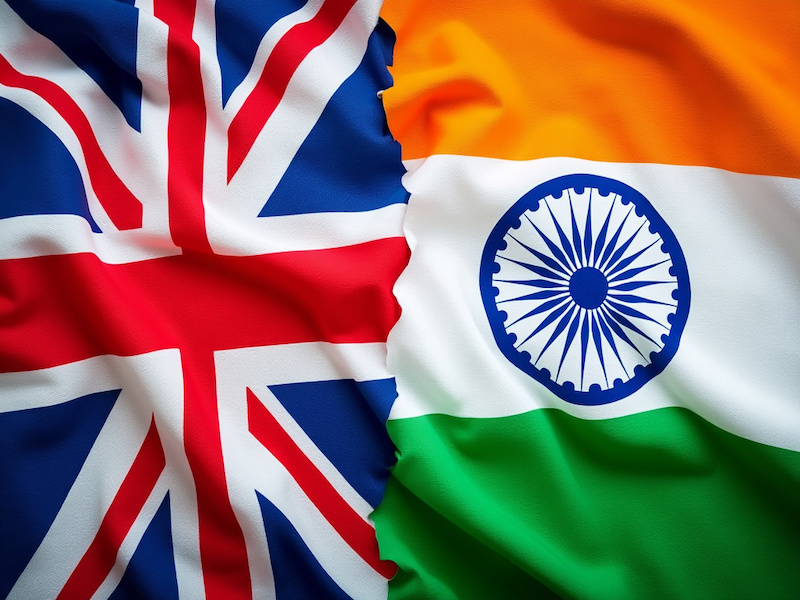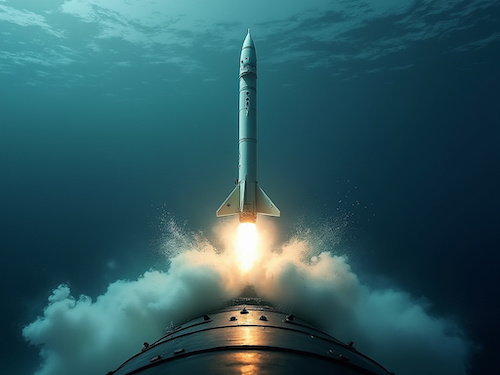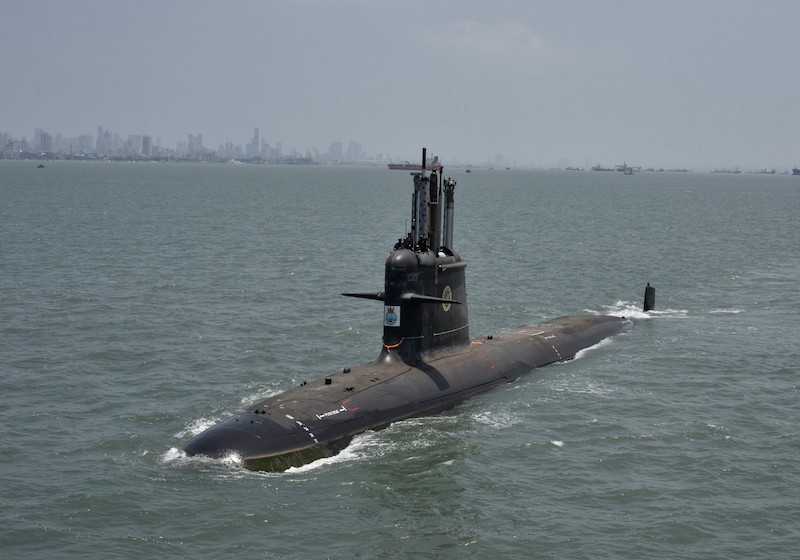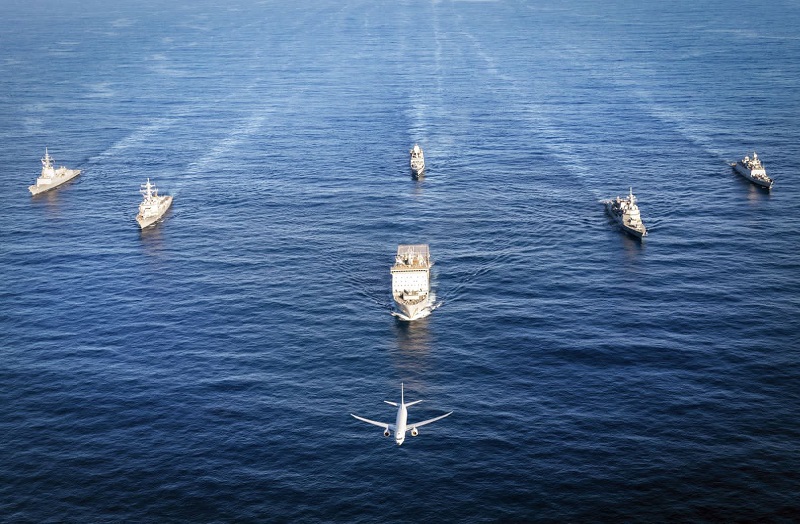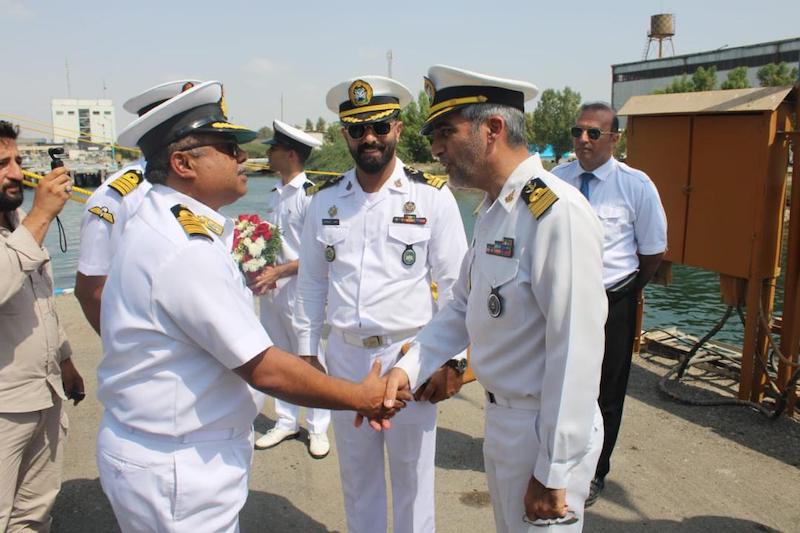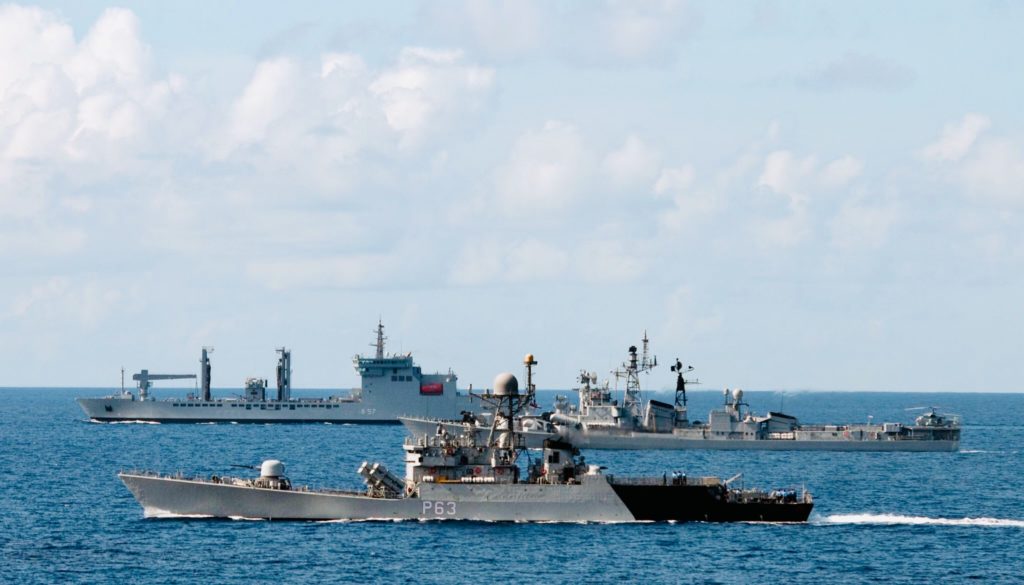
The meteoric rise of China and its assertive influence in the Indo-Pacific region have meant that India is strengthening its negotiating space by forging economic and strategic ties with the Association of Southeast Asian Nations (Asean). This has been particularly necessitated by the gradual decline in the US posturing in the region while China has been multiplying its dominance with the creation of an artificial island in the South China Sea, the unilateral establishment of air-defence identification zone (ADIZ) in the East China Sea and the Belt-and-Road Initiative (BRI) connecting Asia to Africa to name a few.
This, therefore, makes it imperative upon the Indian military establishment to pitch for the expansion of Quad — the quadrilateral regional alliance of India, Australia, Japan and the United States — with the objective of countering Chinese supremacy and ensuring autonomy over territorial waters. Why is the Indo-Pacific region emerging as the new strategic hub?
Several trade routes criss-cross the choppy waters. Experts say more than 40 per cent of the global sea-borne trade pass through the vital Straits of Malacca. Moreover, 15.5 million barrels of global oil trade pass through the Gulf of Hormuz; and 11 million barrels of oil pass through Malacca and the Singapore Straits. Therefore, the tussle is over freedom of navigation, territorial rights, exploration and use of marine resources and deployment of military forces in the region by each country to protect its interests and resource base.
As top naval officials of India, US, Japan, Australia and France assembled at the Raisina Dialogue in New Delhi, the Indian Navy chief, Admiral Sunil Lanba, argued for greater cooperation by citing the rapid expansion of the Chinese naval presence in recent years, particularly in the Indian Ocean region (IOR). Lanba said no navy had grown so rapidly in the last 200 years as the Chinese one. At any given time, there are around eight Chinese navy ships in the northern part of the Indian Ocean.
Keeping the best interests of all countries in mind as per the United Nations Convention on the Law of the Sea (UNCLOS), the Quad’s responsibility is building a rule-based order to keep an eye on China’s increasing footprint in the South China Sea. The Quad alliance emphasizes on improving inter-operability and evolving a common maritime awareness template collectively with timely naval exercises.
The Malabar exercises are seen as a counter to China’s expansion in this respect. But China cleverly cancelled Australia’s bid to join the Malabar naval exercise in 2017-18, confining it to an observer status only. While the Malabar exercise between India and the US has been an annual exercise since 1992, Quad became a reality in 2007. However, it began evolving since 2004, when the 2004 tsunami in the Indian Ocean region brought together Australia, Japan and the US to launch humanitarian assistance and disaster relief (HADR) operations with India.
Over time, navies of the Quad countries have primed themselves to fight different maritime challenges like boat terrorism, piracy, drug trafficking and weapons smuggling and is now moving together to check China’s territorial ambitions on waters by simply developing ports and islands belonging to smaller countries as part of its BRI.
The Australian foreign minister, Marise Payne, too, has echoed these concerns as she stressed on the expansion of the Quad alliance and called for a strategic partnership with India, supporting its role as a strategic anchor in the region. She quoted Prime Minister Narendra Modi’s Shangri-La dialogue about India’s Act East policy of stepped-up activity with Asean and bridging south and Southeast Asia, highlighting bilateral ties with Australia.
Underlining the need for the creation of an Indian Ocean regional architecture (IORA), Payne assured that Australia would also support multi-lateral mechanisms to safeguard peace in the Indo-Pacific region.
During his keynote address at the 2018 Shangri-La Dialogue, Modi underscored the global importance of the Indo-Pacific region as a collaborative space when he emphasized that “India does not see the Indo-Pacific region as a strategy or as a club of limited members. Nor as a grouping that seeks to dominate. And by no means do we consider it as directed against any country.”
Pertinently, in September 2018, India and the US released a joint statement as part of their 2+2 dialogue: “Indo-Pacific is a free, open and inclusive concept, with Asean centrality at the core and defined by a common rules-based order.”
Given that China is heaving over this concept, the Quad’s challenges with regard to China are to maintain international law, ensure peaceful settlement of disputes and freedom of navigation and allow commerce in the region, including the South China sea, according to global practices. The Chinese foreign minister, Wang Yi, has derided the idea of Quad as nothing but “sea foam”. However, China should not underestimate the emerging power equation with the US’ new-found determination to restore a balance of power in the Indo-Pacific region and further isolate China following their trade wars.
The US is now even compelling China to declare why it is averse to taking a stand on global terrorist Masood Azhar at the UN security council. It is pulling out the worst of China’s human rights records. In this context, Quad is being viewed as the 21st century’s security alliance against an aggressive China which now sees the US as spearheading a new version of the Cold War.
However, top naval officials maintain that the main objective of Quad is to maintain a free and open Indo-Pacific region which serves the best interest of all countries.

